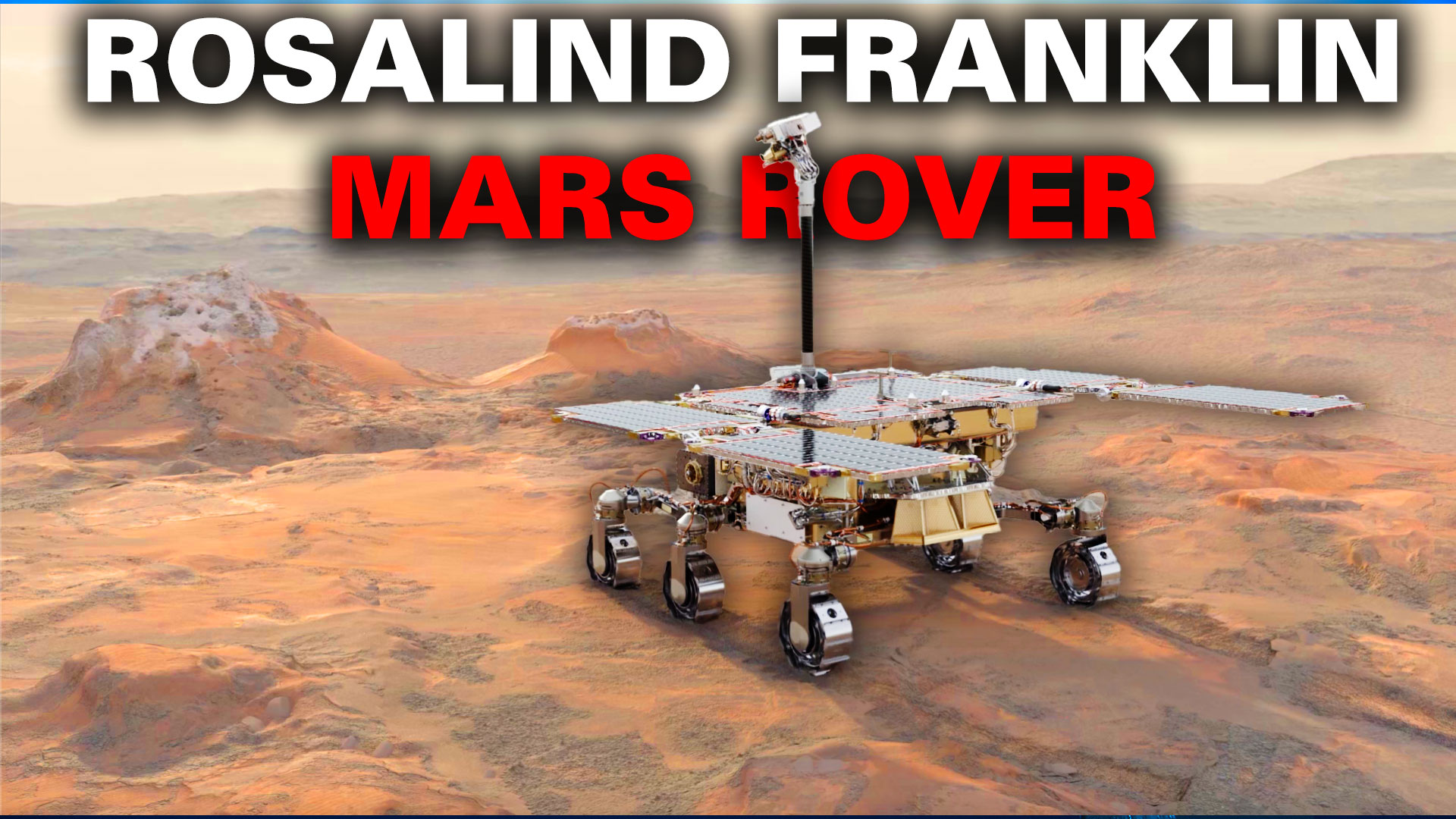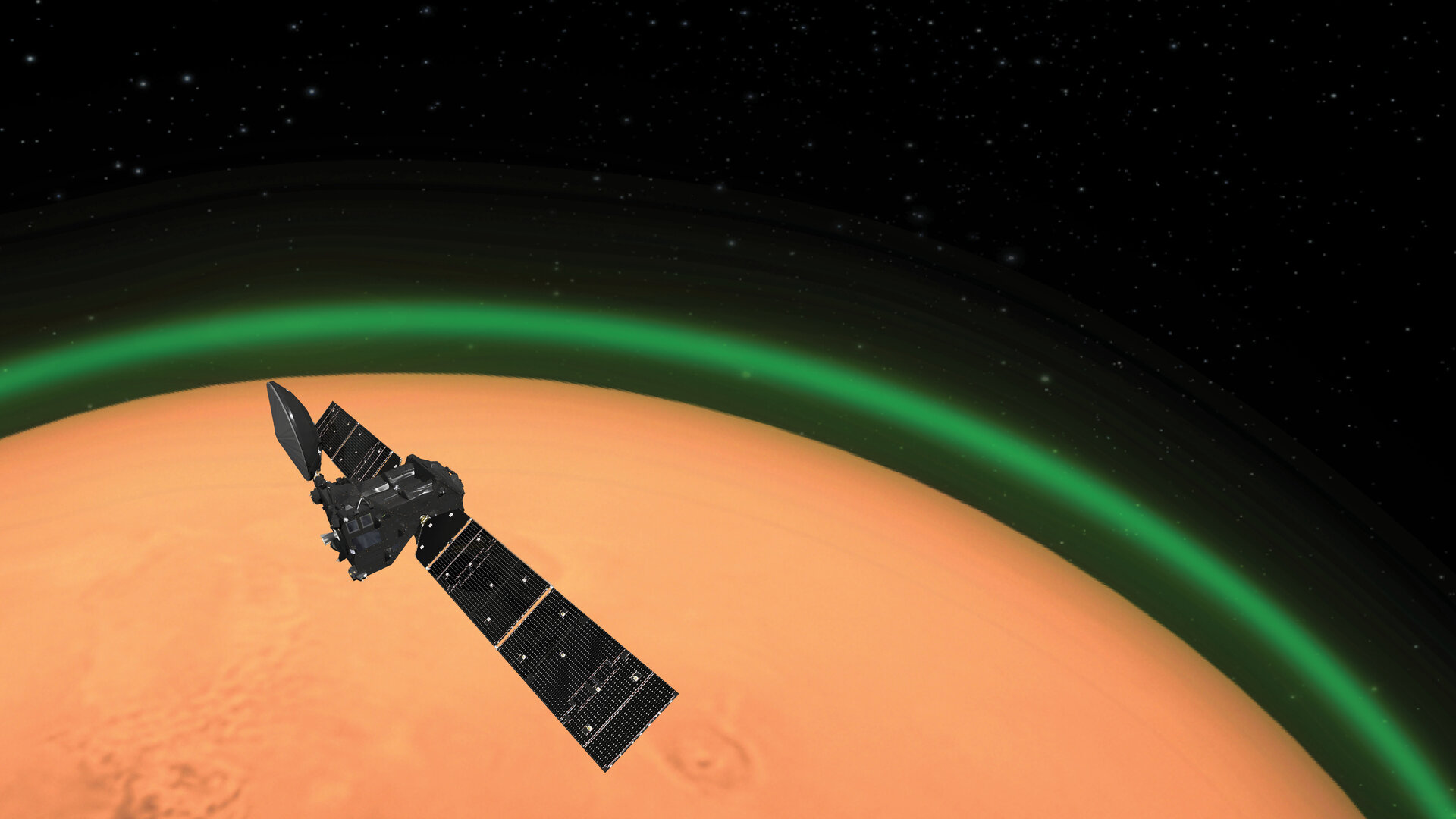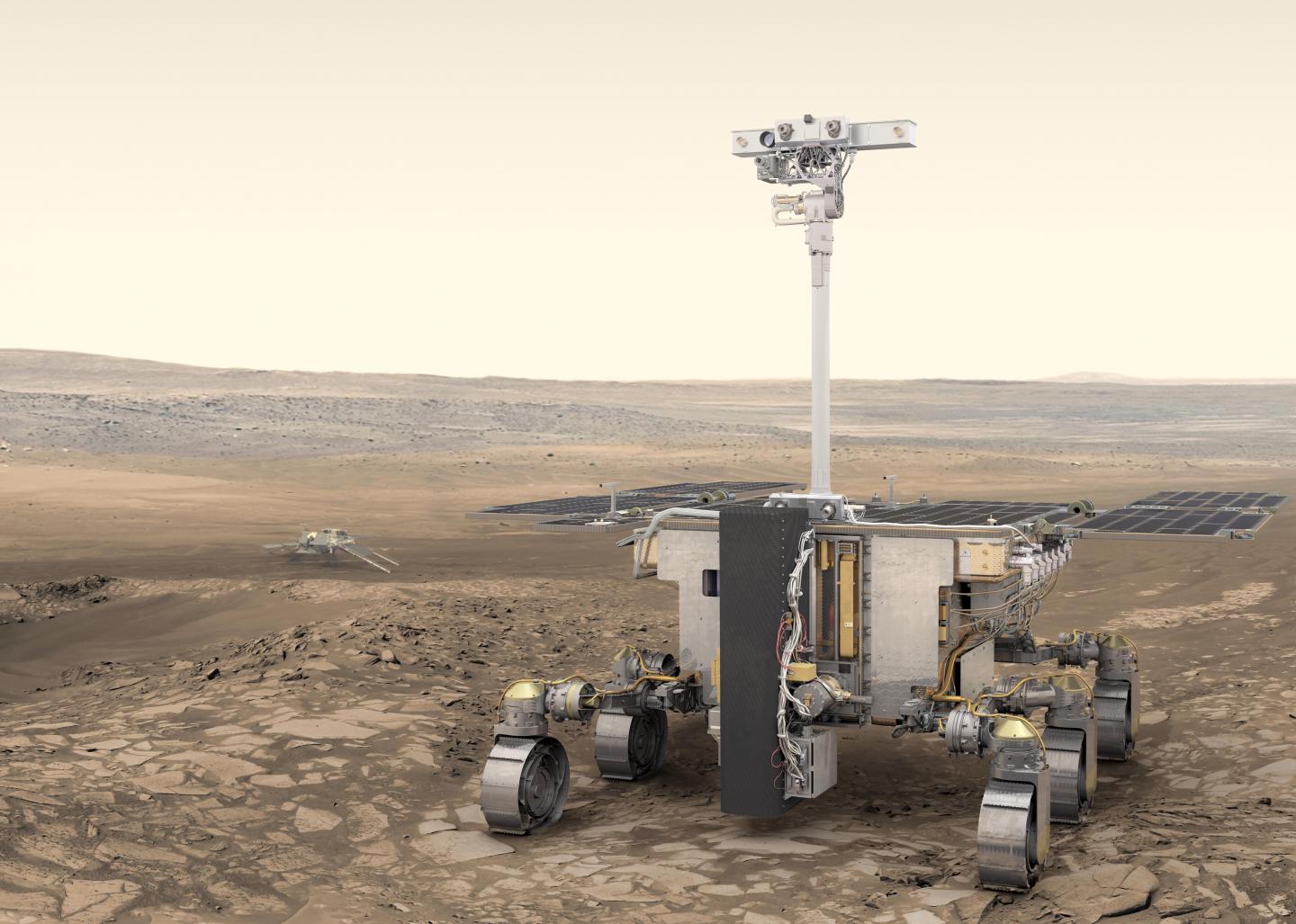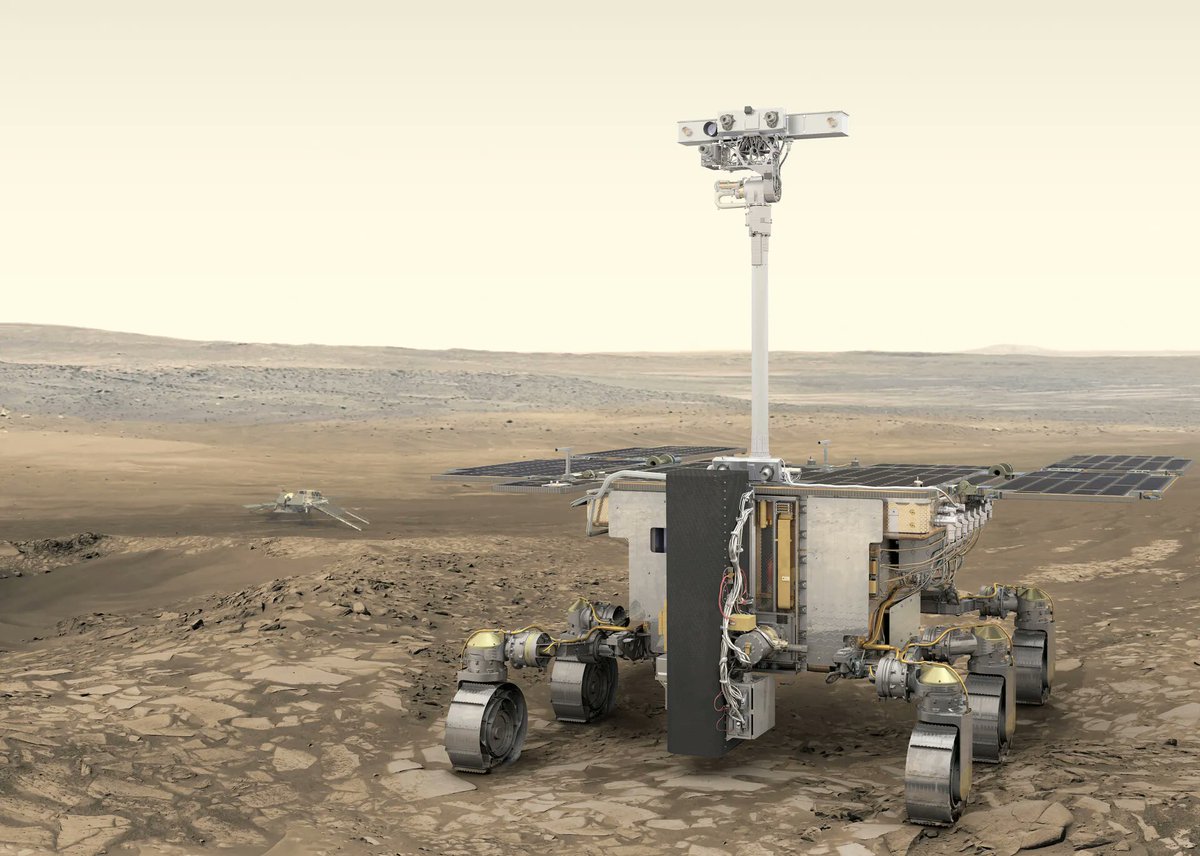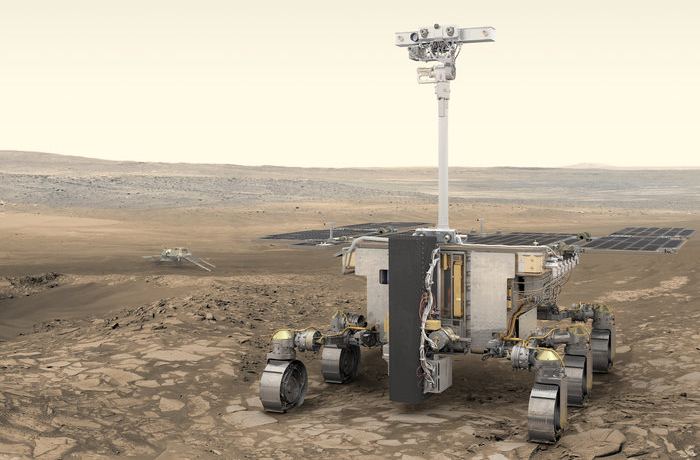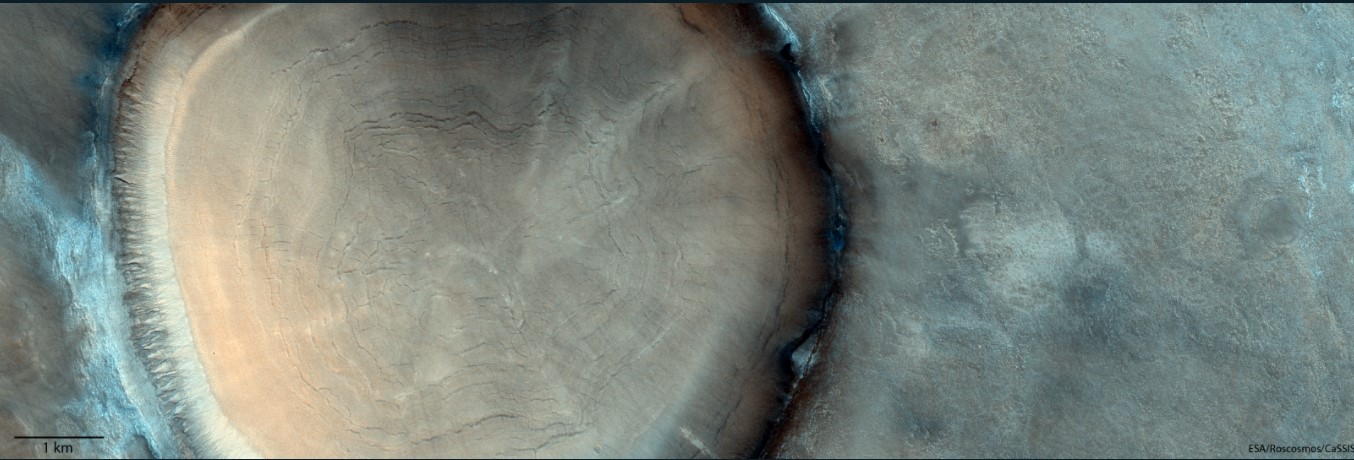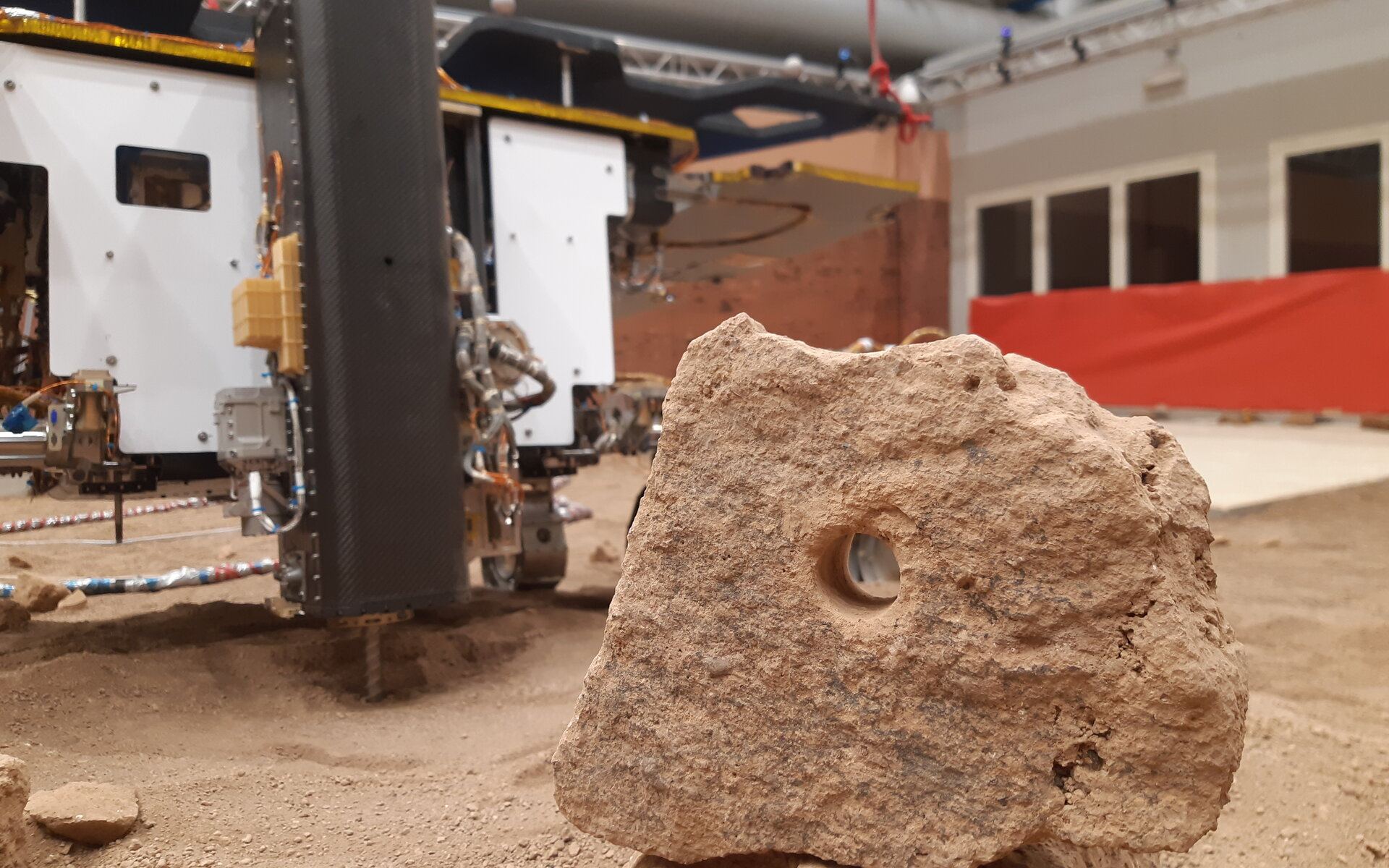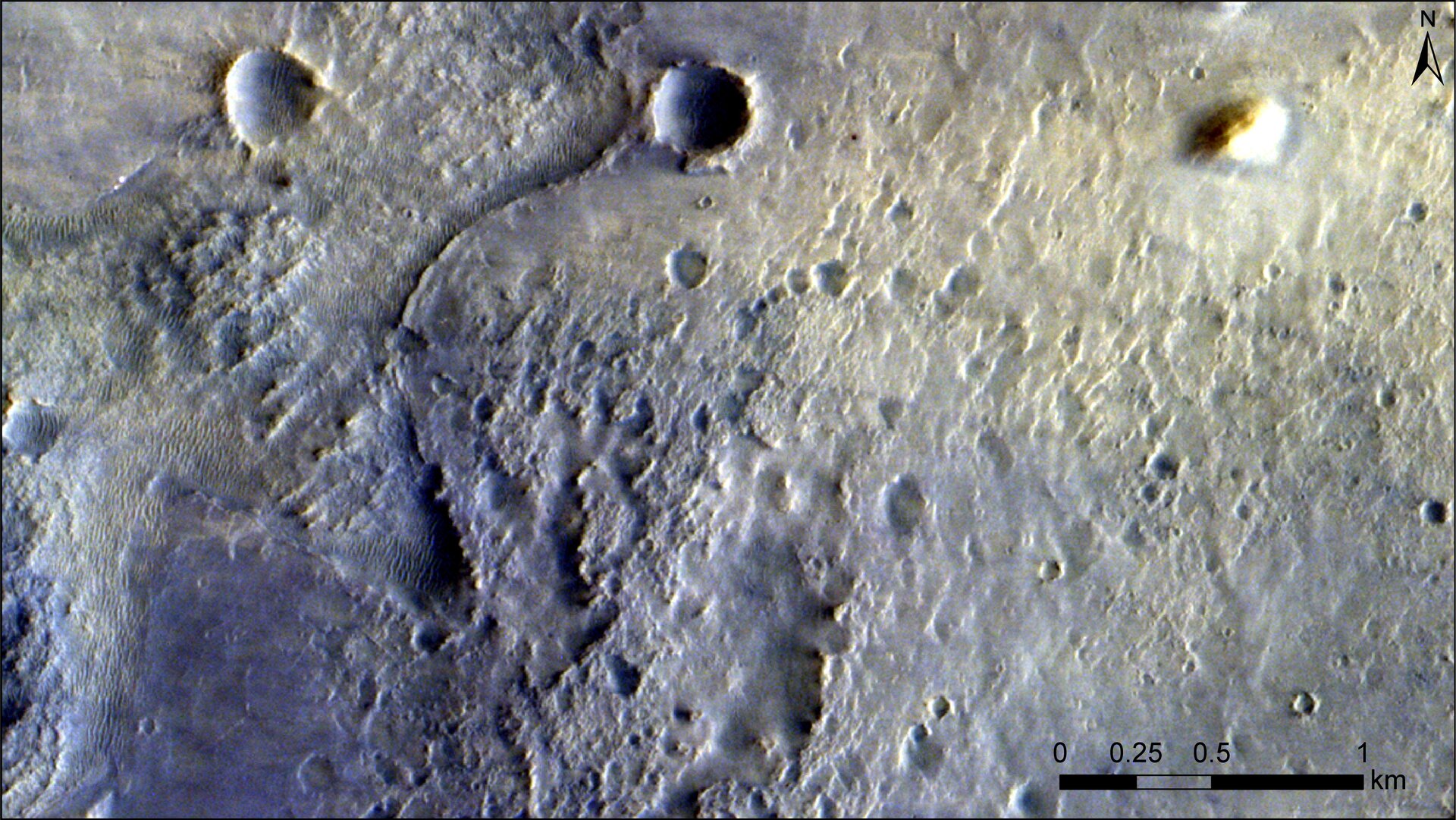ESA’s Rosalind Franklin Mars rover has been delayed twice due to problems with its parachute deployment and Russia’s invasion of Ukraine. After ESA formally terminated the mission’s cooperation with Roscosmos in July 2022, Europe found a new partner with NASA and the mission appears to be on track for a 2028 launch.
The agency recently shared a new animated mission trailer showing new details about the rover, including how it will drill two meters into the Martian regolith and examine the samples with its onboard laboratory.
Continue reading “Cool New Mission Trailer for Rosalind Franklin Rover”
